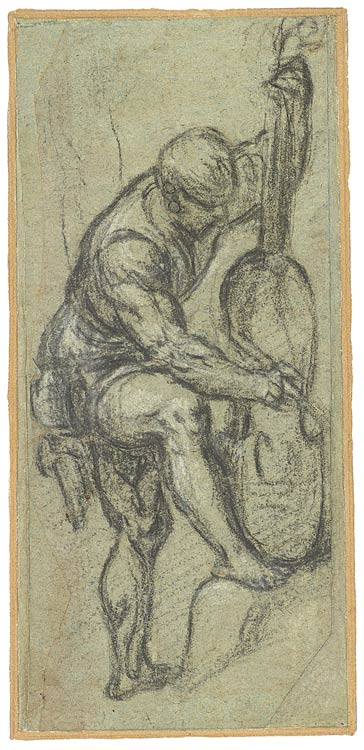
Paris Bordone (1500–1571), Standing Man Playing a Viola da Gamba (Violoncello)
, Late 1530s, Black and white chalk, Purchased by Pierpont Morgan, 1909
, I, 75
Plan your visit. 225 Madison Avenue at 36th Street, New York, NY 10016.
Plan your visit. 225 Madison Avenue at 36th Street, New York, NY 10016.
